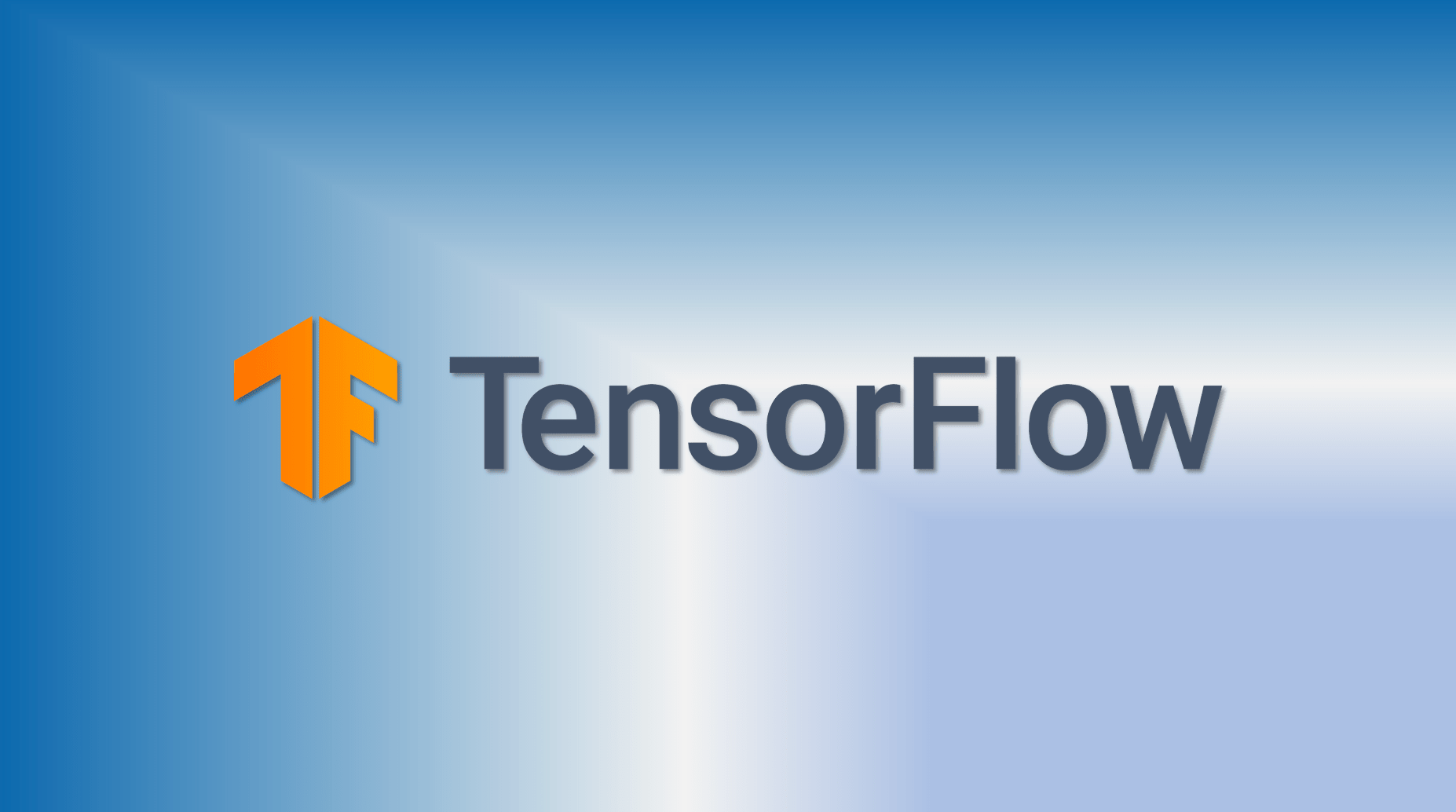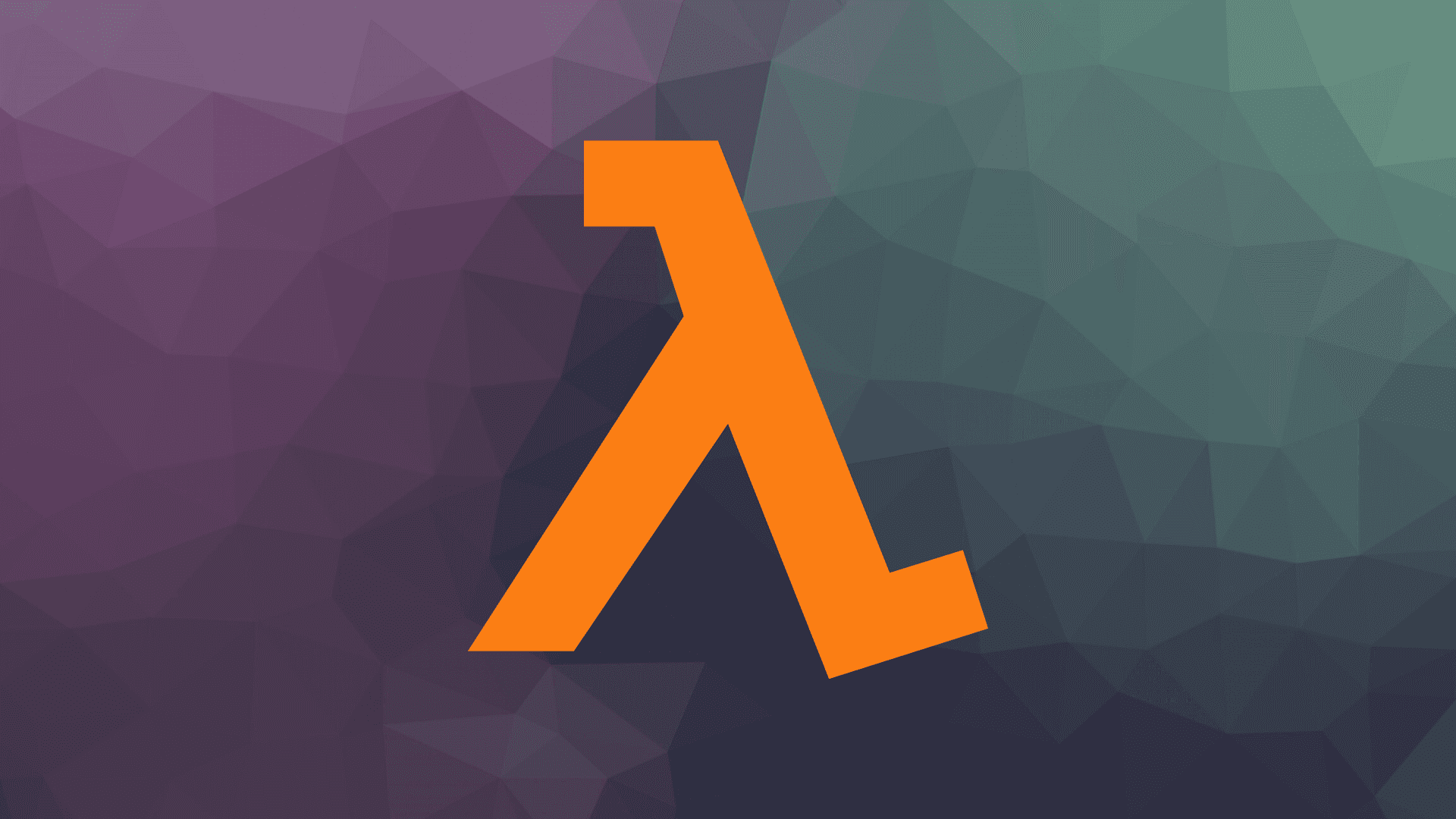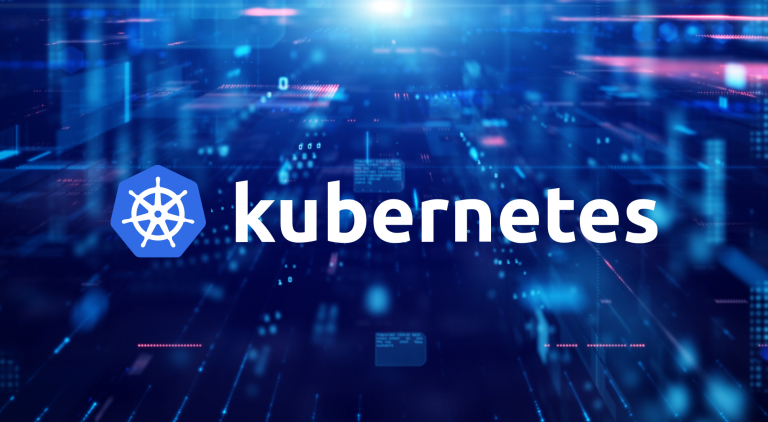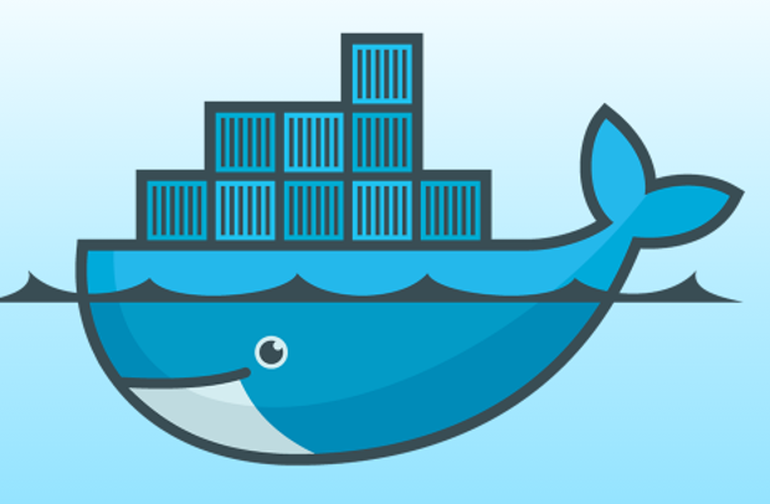
Lamzing
December 13, 2024
TensorFlow

TensorFlow is an open-source machine learning framework that enables developers to build and train machine learning models for a variety of tasks, including image recognition, natural language processing, and more. In this blog, we will explore the key features and benefits of TensorFlow and how it can benefit developers and businesses.
What is TensorFlow?
TensorFlow is an open-source machine learning framework that was developed by Google Brain. It provides a flexible and efficient way to build and train machine learning models for a wide range of applications. TensorFlow supports a wide range of platforms, including desktops, mobile devices, and cloud platforms.
Key features of TensorFlow
- Flexible architecture - TensorFlow provides a flexible architecture that allows developers to build and train machine learning models using a wide range of techniques, including deep learning, reinforcement learning, and more.
- Cross-platform support - TensorFlow supports a wide range of platforms, including desktops, mobile devices, and cloud platforms. This makes it easy to build and deploy machine learning models on a wide range of devices.
- High-performance - TensorFlow is designed to be highly optimized for performance, with support for both CPU and GPU acceleration. This makes it ideal for training large machine learning models.
- Easy to use - TensorFlow provides a wide range of APIs and tools that make it easy for developers to build and train machine learning models. It also provides extensive documentation and tutorials to help developers get started quickly and easily.
Benefits of TensorFlow
- Scalable - TensorFlow provides a scalable way to build and train machine learning models. It can be used to train models on small datasets, as well as large datasets that require distributed training across multiple devices.
- Fast - TensorFlow is designed to be highly optimized for performance, with support for both CPU and GPU acceleration. This makes it ideal for training large machine learning models quickly and efficiently.
- Flexible - TensorFlow provides a flexible architecture that allows developers to build and train machine learning models using a wide range of techniques, including deep learning, reinforcement learning, and more.
- Easy to use - TensorFlow provides a wide range of APIs and tools that make it easy for developers to build and train machine learning models. It also provides extensive documentation and tutorials to help developers get started quickly and easily.
Getting started with TensorFlow
To get started with TensorFlow, you need to follow a few steps:
- Install TensorFlow - You can install TensorFlow using pip, the Python package manager.
- Build and train a model - You can build and train a machine learning model using TensorFlow by writing code in Python.
- Test and evaluate the model - You can test and evaluate the performance of your machine learning model using TensorFlow by feeding it data and analyzing the results.
- Deploy the model - You can deploy your machine learning model using TensorFlow by exporting it to a file or serving it as a REST API.
Conclusion
TensorFlow is a powerful and flexible machine learning framework that enables developers to build and train machine learning models for a wide range of applications. It provides a wide range of features and benefits, including a flexible architecture, cross-platform support, high-performance, and ease of use. By understanding the key features and benefits of TensorFlow, developers can improve their workflows and streamline their machine learning model development processes.



